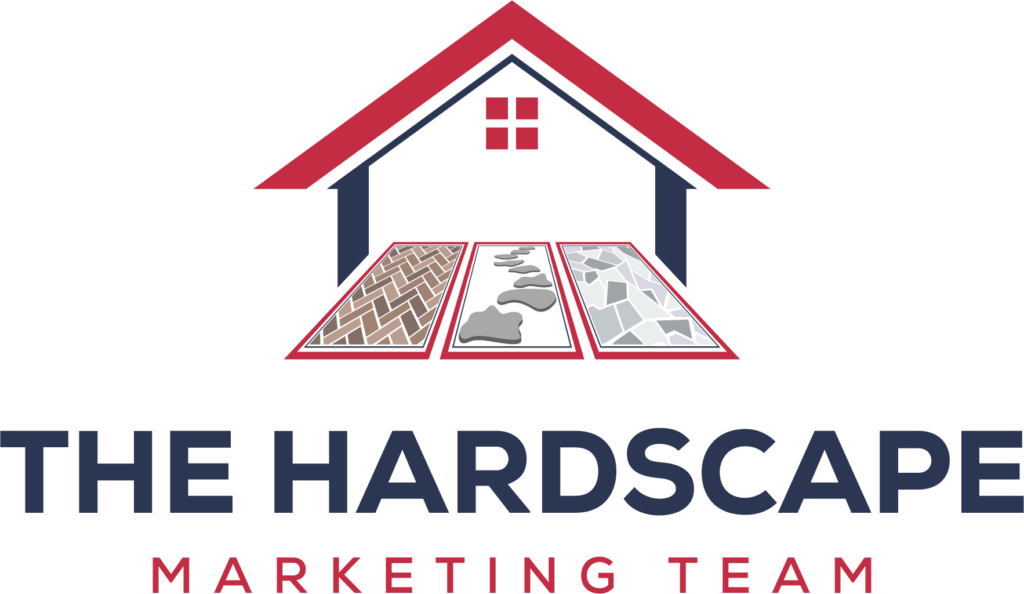“`html
Enhance User Experience with Google’s Higher Resolution Favicon Recommendation
Website owners and developers are continually striving to improve user experience, which involves not only optimizing site functionality but also refining the visual appeal of their online presence. Recently, Google has emphasized the importance of higher resolution favicons as a component that can significantly impact user interactions with a website. This article explores what favicons are, Google’s new recommendation, and how adhering to these guidelines contributes to enhancing user experience with high-resolution favicons.
Understanding Favicons and Their Importance
Favicons, short for “favorite icons,” are tiny yet crucial image elements that help in brand recognition by appearing in browser tabs, bookmarks, and search engine results. These icons often go unnoticed during the development process, yet they play a significant role in digital branding. Here are some key points to understand about favicons:
- Brand Recognition: As a visual representation, favicons help users quickly identify and remember a website.
- User Trust: A well-designed favicon can enhance the trustworthiness of a site, making users feel more secure.
- Enhanced Navigation: Users can effortlessly find their desired tab or bookmark among many open tabs.
Google’s Recommendation for Higher Resolution Favicons
Recently, Google has updated its favicon guidelines, recommending higher resolution images to ensure clarity and improved aesthetics on various devices. Let’s delve deeper into what these recommendations entail:
Why Higher Resolution?
The move towards high-resolution favicons aligns with the evolving digital landscape where devices are equipped with ultra-sharp displays demanding high-quality visual elements. Here’s why higher resolution matters:
- Clarity: Higher resolution favicons result in sharper and more easily recognizable images.
- Consistency: It ensures that the favicon looks good across various platforms and screen sizes.
- Professional Appearance: A crisp favicon reflects the professional nature of the associated brand.
Technical Specifications for High-Resolution Favicons
Understanding the recommended technical specifications is crucial for webmasters aiming to align with Google’s guidelines. Here are the key technical aspects you should consider:
Optimal Dimensions
Google now suggests favicons of 48×48 pixels or greater to ensure clarity and detail. While the traditional 16×16 pixels is still acceptable, larger sizes are recommended for optimal results.
File Formats
- Preferred Format: Use the PNG format for its superior quality and support for transparency.
- Alternate Formats: ICO and SVG formats are alternative options that offer flexibility across different situations.
Compression and File Size
While higher resolution favicons are essential, you should also consider the file size. A balance must be struck between resolution and size to avoid impacting website load times:
- Optimize file size without losing quality using tools such as ImageOptim or TinyPNG.
- Regularly test favicon load times to ensure minimal impact on overall website performance.
Implementing High-Resolution Favicons
Incorporating high-resolution favicons may seem daunting, but following the right steps can simplify the process:
Step-by-Step Integration
- Create Multiple Icon Sizes: Generate different sizes such as 16×16, 32×32, 48×48, and above, ensuring compatibility with various devices and browsers.
- Utilize Link Tags: Insert favicon links in the
<head>section of your HTML with explicit sizes mentioned for each file. - Test Across Different Browsers: Verify how your favicon appears in browsers like Chrome, Safari, and Edge to ensure consistency.
Benefits of Adopting Google’s Favicon Guidelines
Adhering to the new favicon recommendations can offer a host of advantages for your website:
- Improved User Engagement: Visually appealing navigation elements contribute to a seamless user experience, encouraging longer visits and interaction.
- SEO Advantages: While not directly affecting SEO, the improved user experience can indirectly enhance bounce rates and user satisfaction, correlating with better search rankings.
- Brand Consistency: High-quality favicons ensure brand consistency across all digital touchpoints, reinforcing your brand identity.
Conclusion: Prioritize User Experience with High-Resolution Favicons
The integration of high-resolution favicons represents a simple yet powerful step towards optimizing user experience on your website. As you continue to enhance your digital presence, adhering to the latest standards, such as Google’s favicon guidelines, will ensure you stay ahead of the competition. Invest the time and effort to update your favicons, knowing that even the smallest elements can make a significant impact on user perception and interaction.
“`
This blog post is structured with an emphasis on incorporating Google’s recent recommendations, explaining the benefits and technical implementation for website owners looking to improve their favicon usage. With a strategic approach, it aims to ensure an optimized user experience and align with modern web standards.
